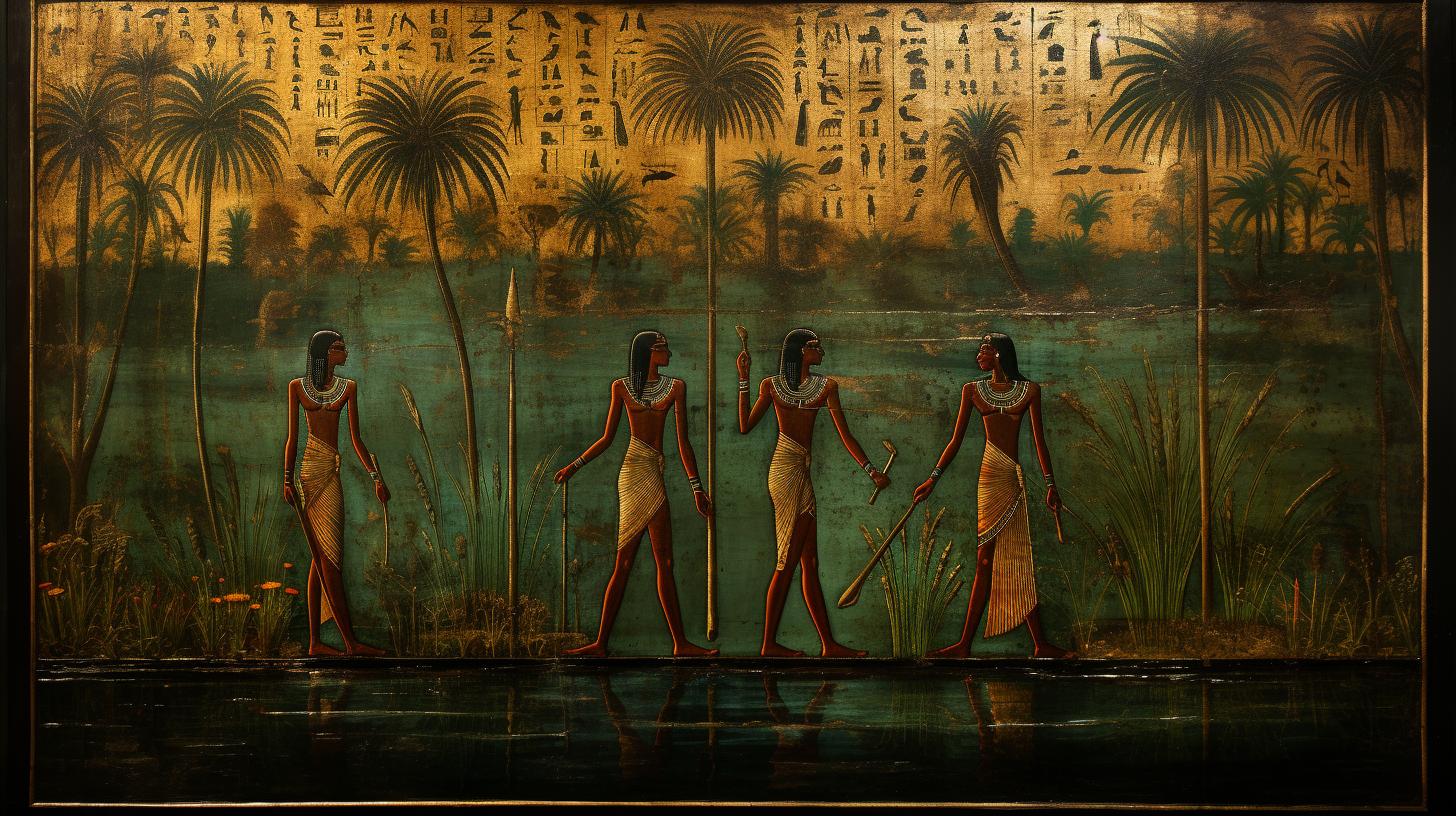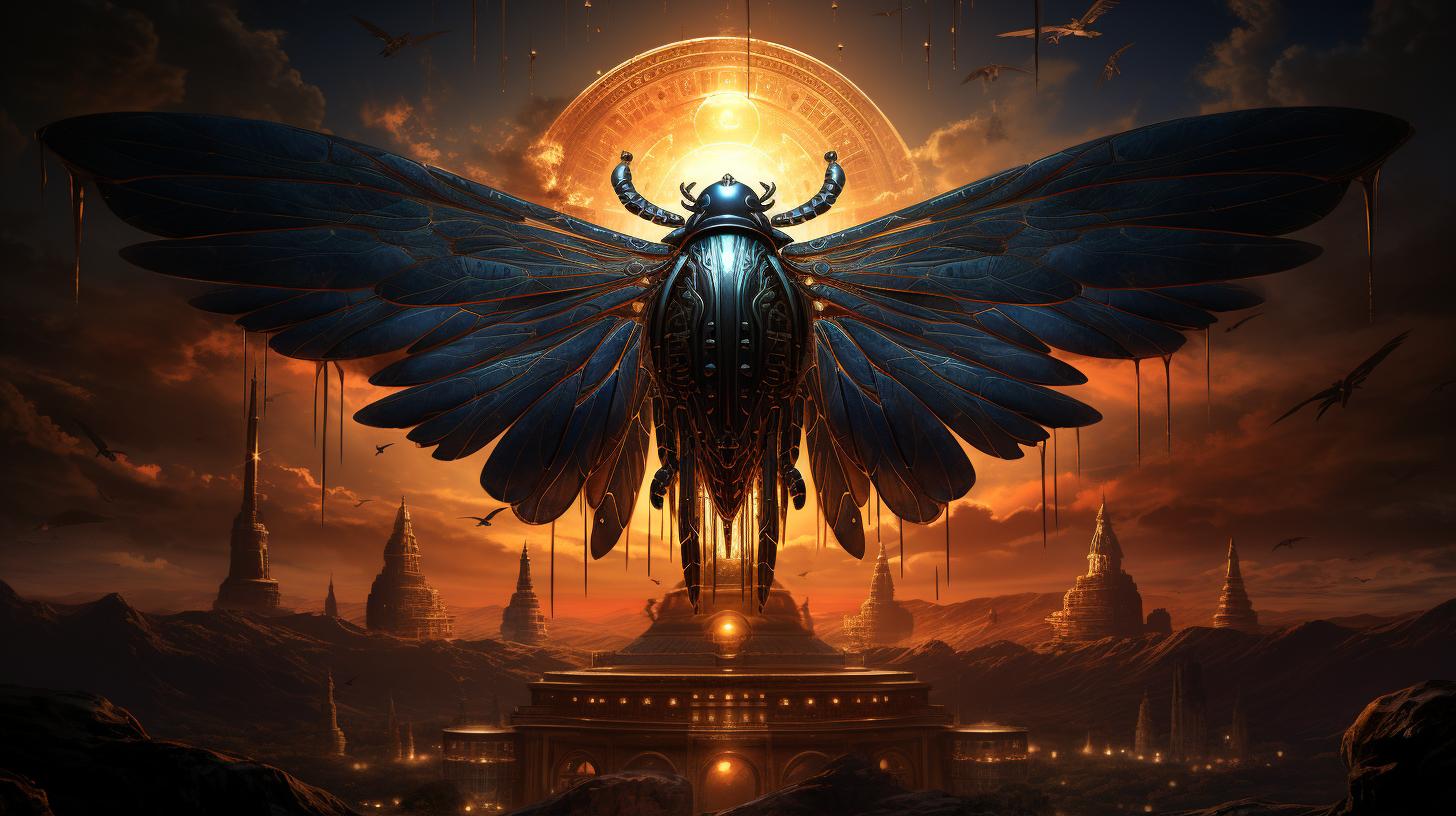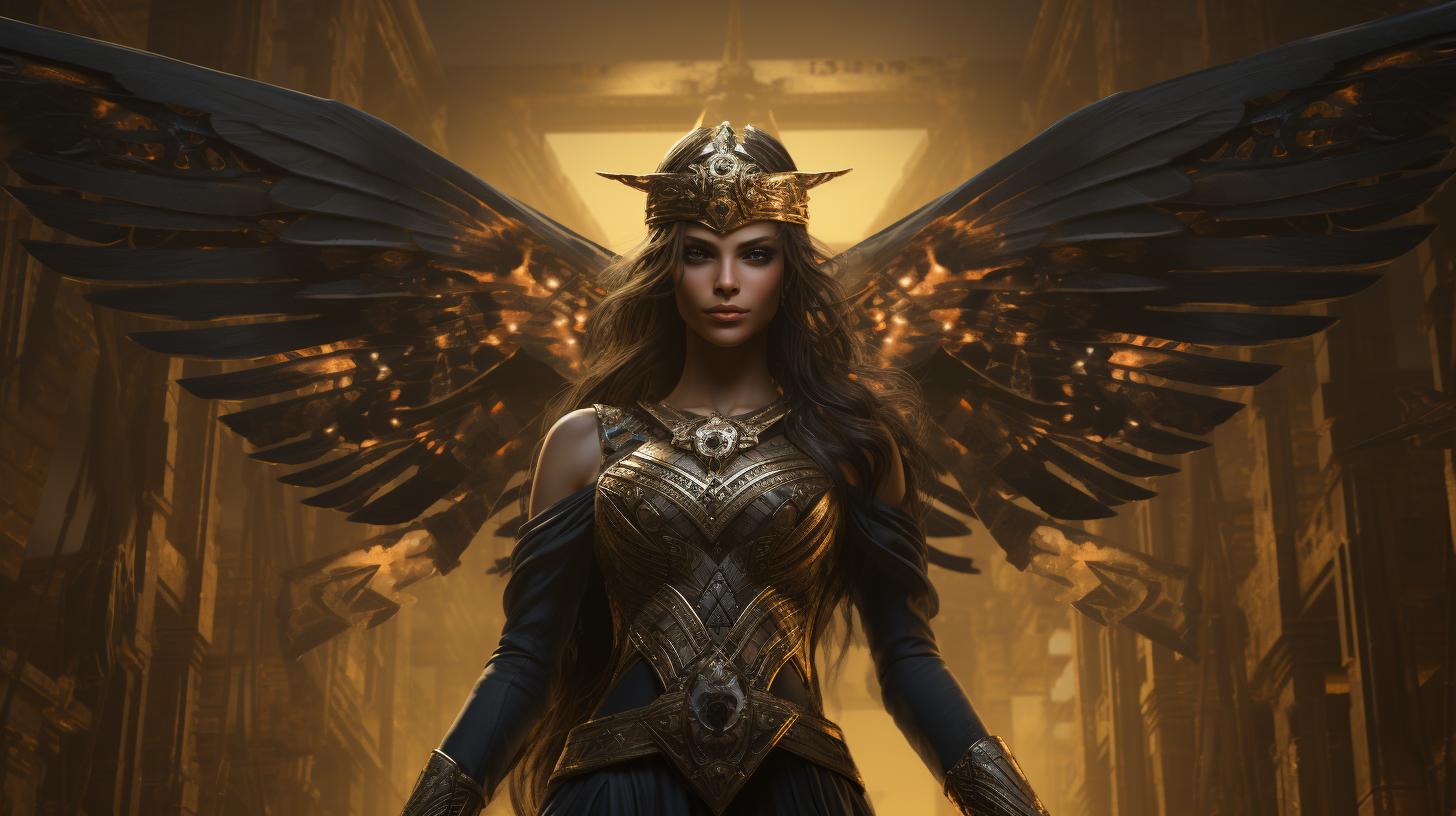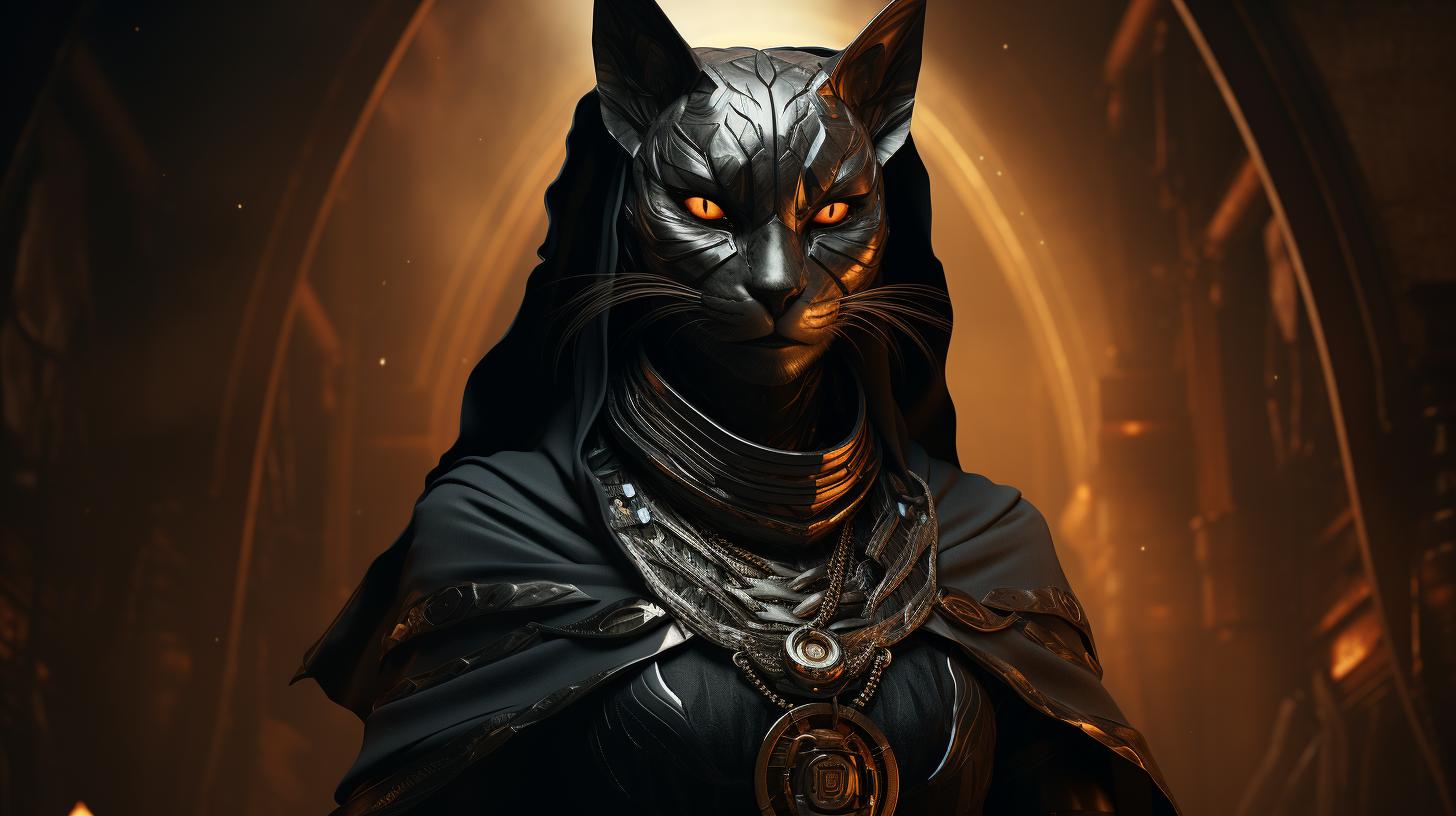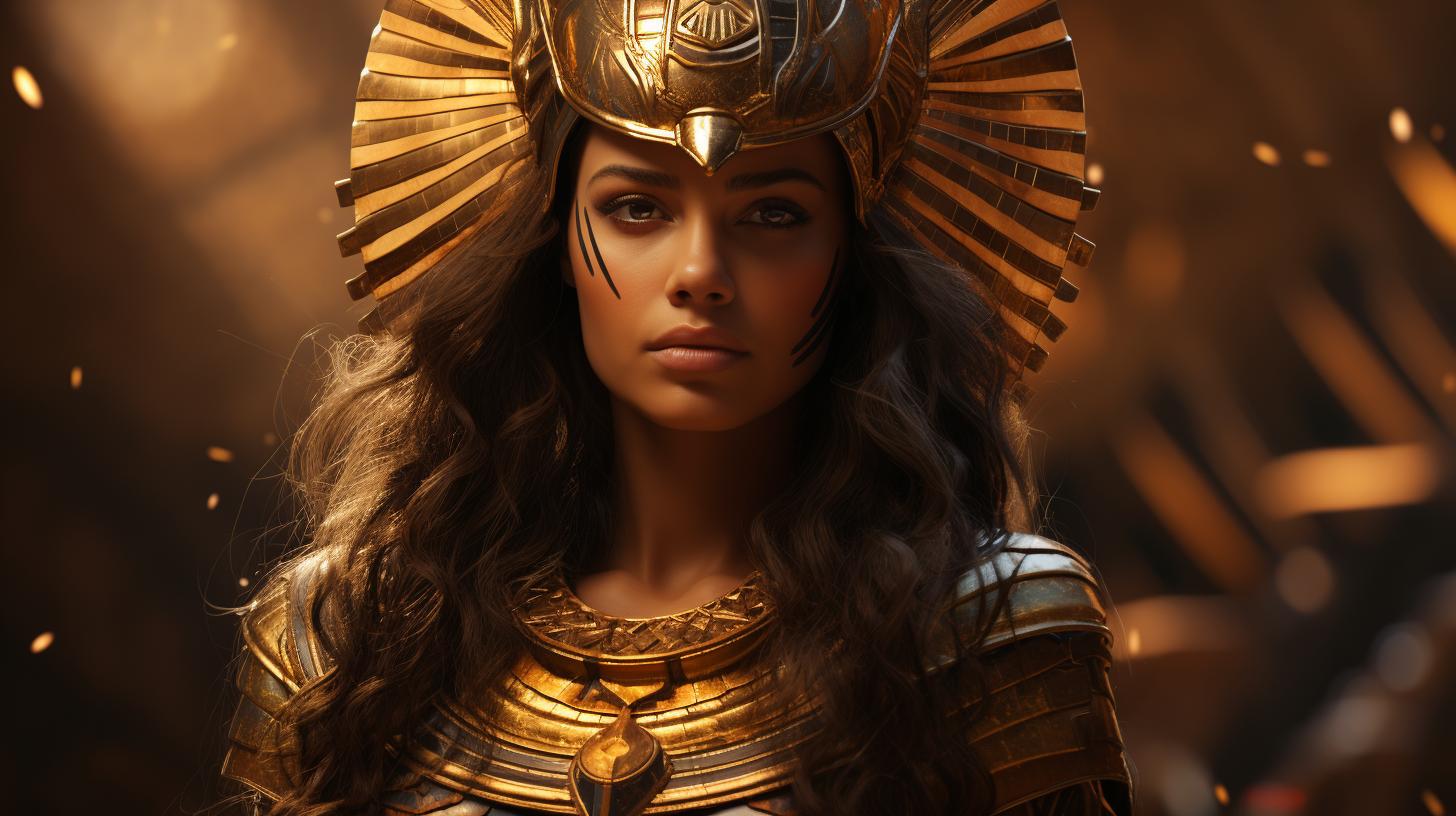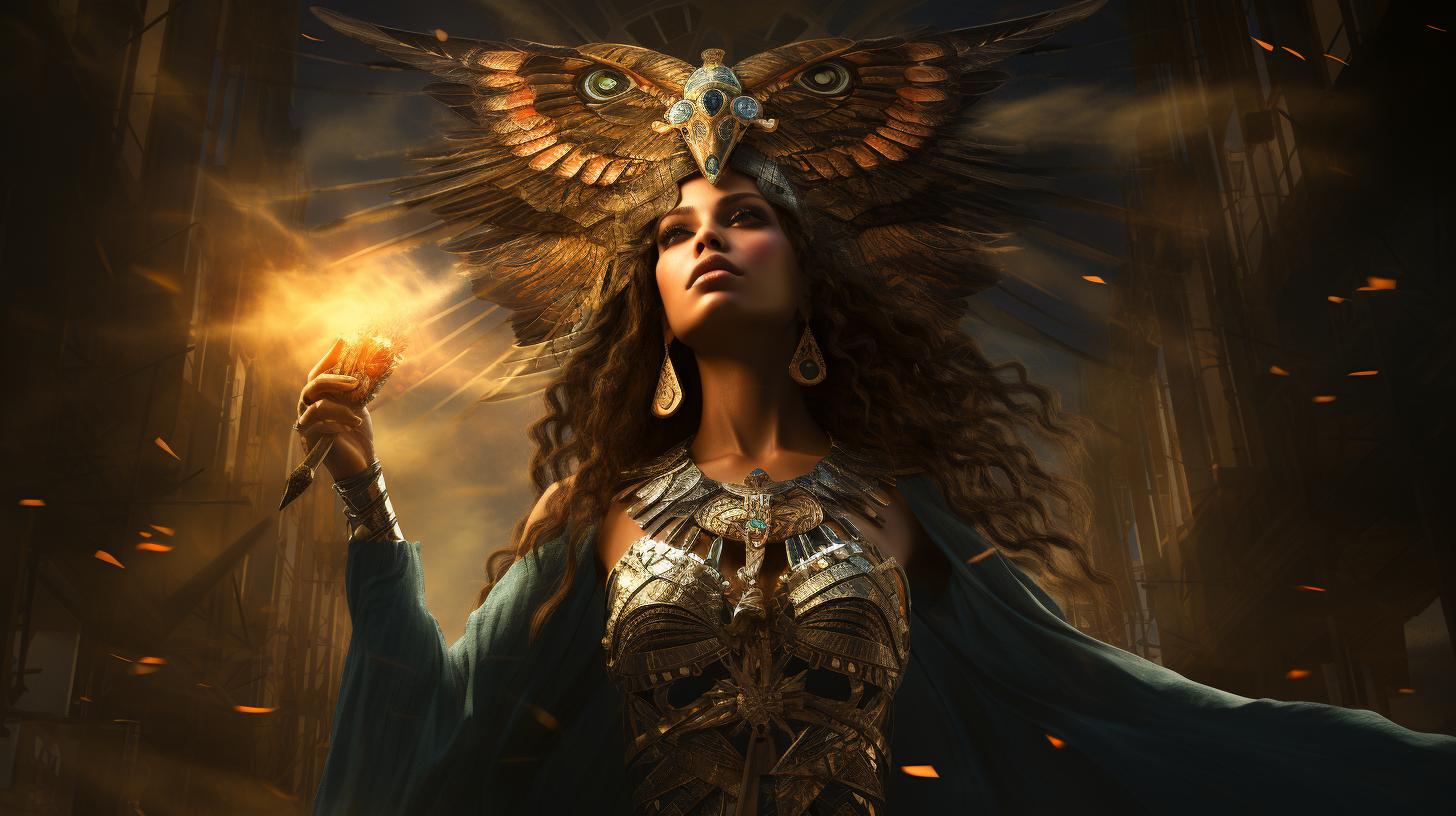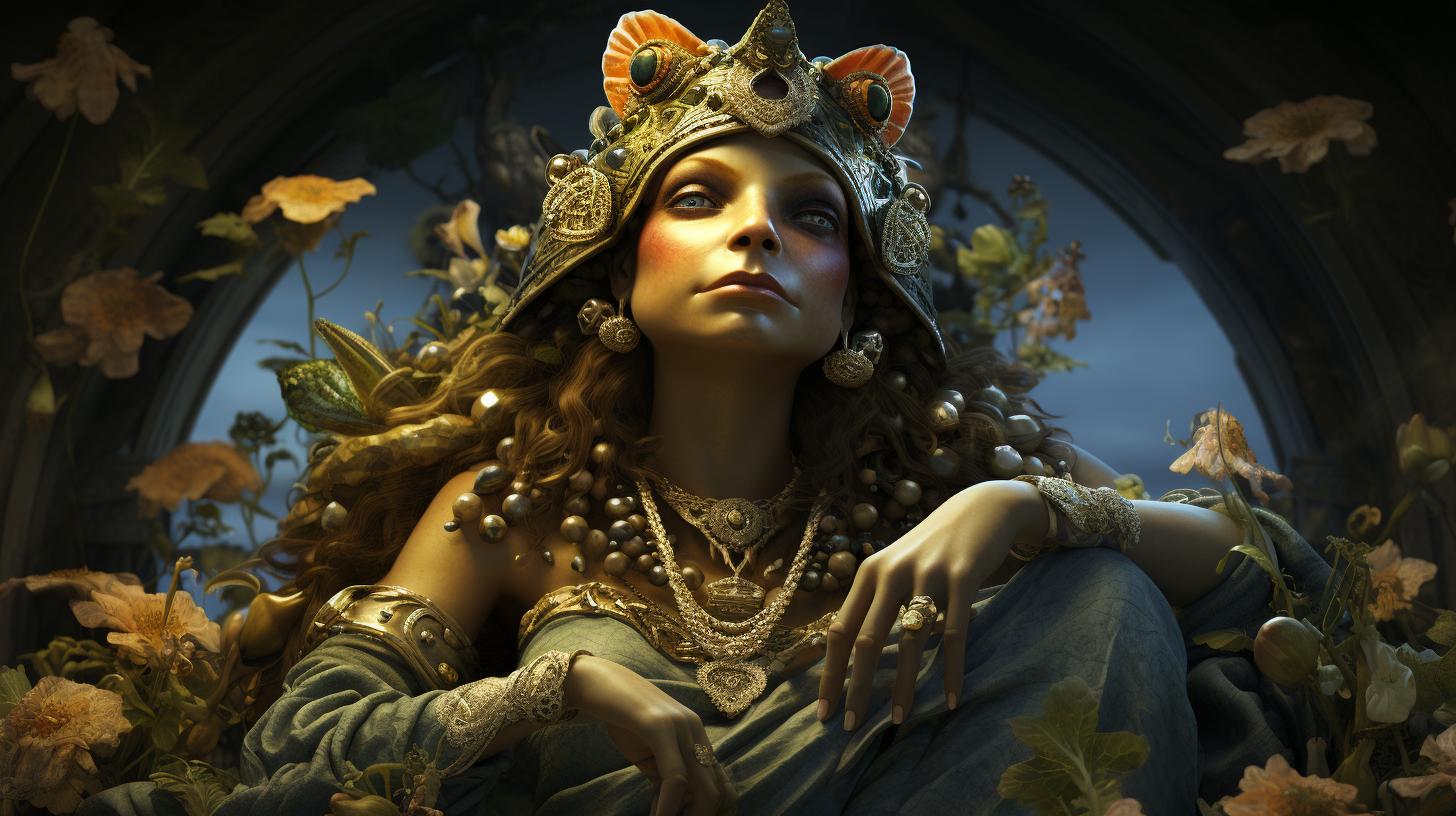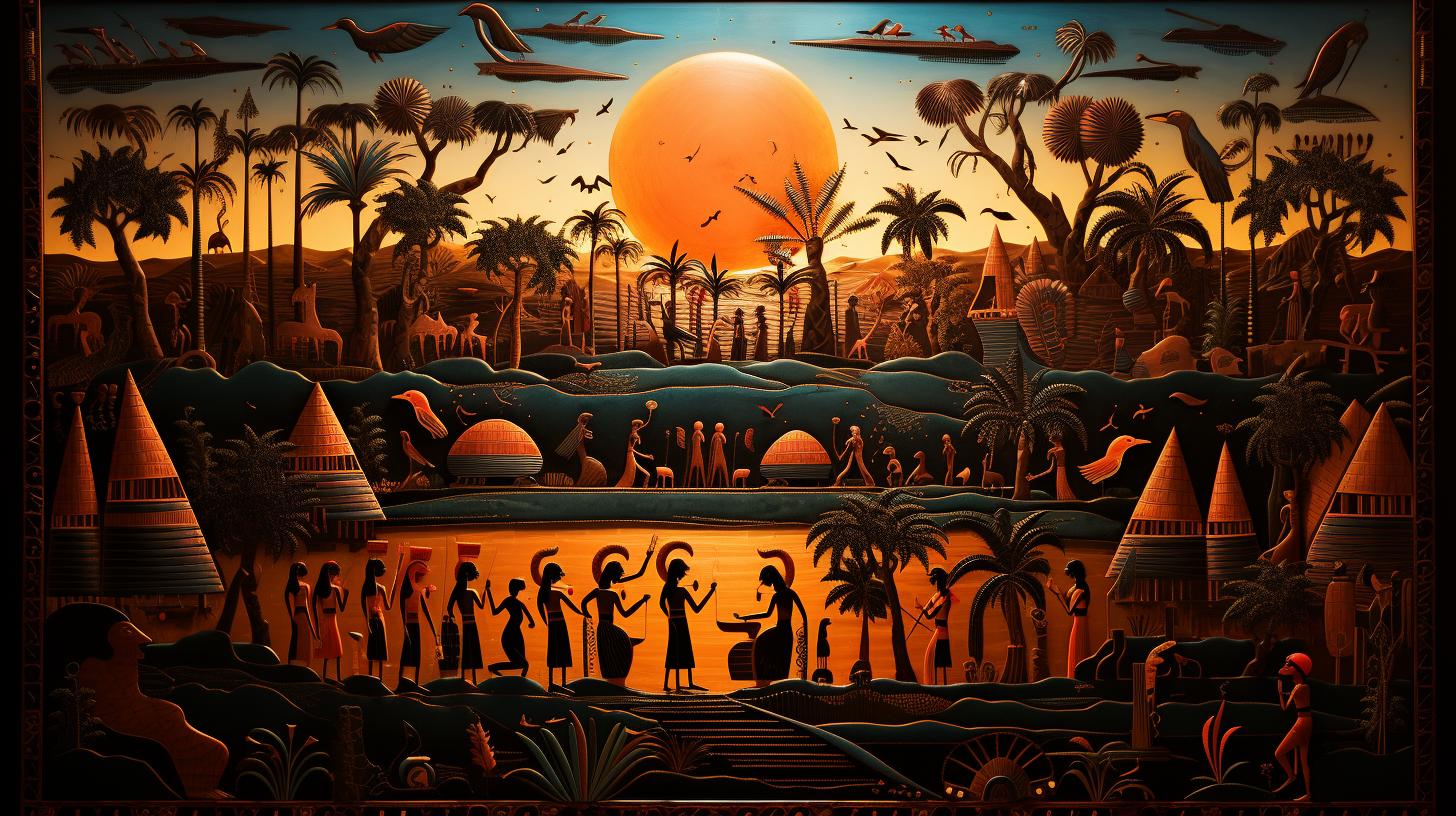Hapi the Egyptian God of the Nile: Unveiling the Ancient Powerhouse
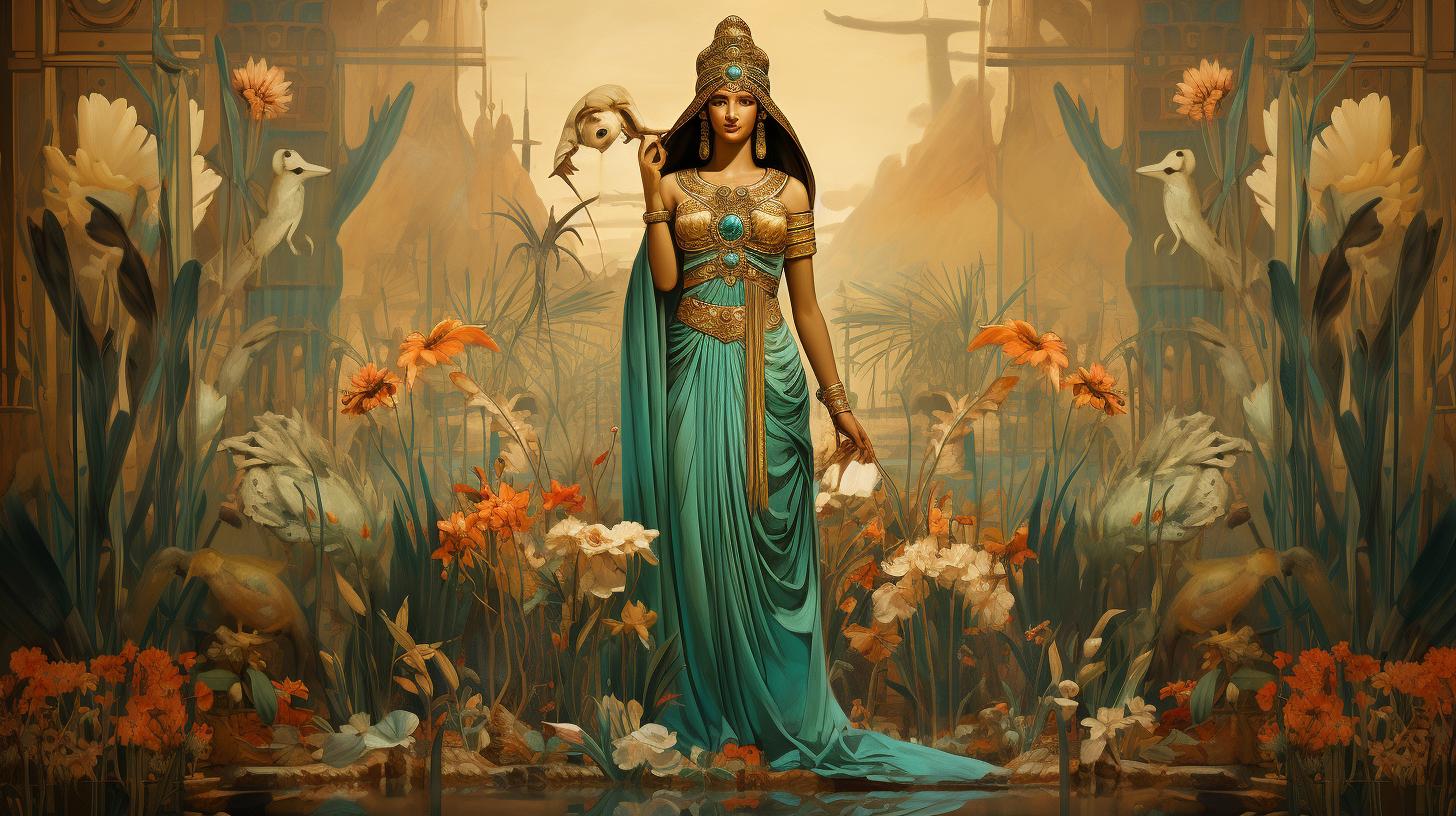
Hapi the Egyptian god of the Nile holds a significant role in ancient Egyptian mythology. Representing fertility and the annual flood, Hapi was worshipped throughout Egypt. Despite not having dedicated temples, statues and reliefs of Hapi were commonly found in other gods’ temples.
As the patron of Upper and Lower Egypt, Hapi was associated with deities like Nekhbet, Wadjet, and even aspects of Isis. This article explores Hapi’s origins, his connection to the Nile, relationships with other gods, worship practices, and his powerful symbolism in ancient Egyptian culture.
The Origins of Hapi the Egyptian God
Hapi, the Egyptian god of the Nile, has origins deeply rooted in the rich history of ancient Egypt. Understanding the historical background of this enchanting civilization provides context to appreciate Hapi’s significance within Egyptian mythology.
Historical Background of Ancient Egypt
Ancient Egypt, one of the world’s oldest civilizations, thrived along the banks of the Nile River. Known for its remarkable achievements in art, architecture, and culture, Egypt captivates historians and enthusiasts to this day.
The Nile River, sustaining life in the region, played a pivotal role in shaping Egyptian civilization. The fertile lands created by the annual floods of the Nile offered abundant resources for agriculture and economic prosperity.
Introduction to Hapi and His Role in Egyptian Mythology
Hapi emerged as a central figure in Egyptian mythology, personifying the annual flood and fertility. This divine entity was venerable throughout Egypt, particularly revered in places like Aswan and Gebel El-Silsila.
Despite lacking specific temples dedicated to him, Hapi found representation through statues and reliefs in the temples of other gods. His portrayal as a corpulent figure with swollen and pendulous breasts became increasingly synonymous with his identity over the course of Egyptian history.
Depictions and Symbolism of Hapi in Art and Sculpture
Hapi’s depiction in art and sculpture reflected his role as the god of fertility. Often portrayed as a plump man donning a belt suitable for someone residing in marshlands, Hapi’s blue or green skin tone emphasized his connection to abundance and new life.
Symbols associated with Hapi included twin deities known as Hap-Reset of Upper Egypt and Hap-Meht of Lower Egypt. These deities poured water from a jar or knotted the heraldic plants of both regions, signifying Hapi’s patronage over the entirety of Egypt.
Hapi’s iconic representation and symbolism underscored his status as one of Egypt’s most revered and powerful deities. His associations with goddesses like Nekhbet, Wadjet, and aspects of Isis further showcased the interconnected nature of Egyptian mythology.
Hapi as the God of the Nile
Hapi held immense significance in ancient Egyptian civilization as the god of the Nile, the lifeblood of the land. The Nile River was not merely a waterway; it represented the key to survival and prosperity for the Egyptian people.
Let’s explore the role Hapi played as the god of this mighty river.
Significance of the Nile in Ancient Egyptian Civilization
The Nile River played a central role in the development and sustenance of ancient Egyptian civilization. It provided water for drinking, agriculture, and transportation, making the fertile lands surrounding it highly valuable.
The annual flooding of the Nile brought rich nutrients and fertile sediment to the fields, ensuring bountiful harvests for the Egyptians.
Hapi’s Control Over the Annual Flooding of the Nile
Hapi was believed to have complete control over the floodwaters of the Nile. The annual inundation was both a blessing and a potential disaster, as it could either nourish the land or bring destruction.
It was Hapi’s responsibility to maintain a delicate balance during this crucial event. Egyptians revered Hapi, offering prayers and sacrifices to ensure a favorable flood that would provide enough water and not cause excessive damage.
Rituals and Offerings to Honor Hapi and Ensure Fertility
During the annual flooding of the Nile, the Egyptians engaged in rituals and made offerings to honor Hapi and seek his blessings for fertility. They would gather at sacred sites along the river, throwing offerings such as food, flowers, and precious objects into the water as a gesture of gratitude and reverence.
These rituals aimed to ensure the abundance of crops, the prosperity of the land, and the continuation of life itself.
In conclusion, Hapi, as the god of the Nile, held a crucial role in ancient Egyptian society.
The Nile’s significance to Egyptian civilization cannot be overstated, and Hapi’s control over its floods was paramount. Through rituals and offerings, the Egyptians sought Hapi’s favor to ensure fertility and abundance within their agricultural practices.
The reverence for Hapi as the god of the Nile underscores the profound connection ancient Egyptians had with the river that sustained their way of life.
Hapi’s Relationships with Other Deities
Hapi, the Egyptian god of the Nile, played a significant role in Egyptian mythology and had close associations with other deities.
His relationships reflected his position as the patron of Upper and Lower Egypt, as well as his connections with specific goddesses such as Nekhbet, Wadjet, and Isis.
Hapi’s Role as the Patron of Upper and Lower Egypt
As the god of the Nile, Hapi held a unique position as the patron deity of both Upper and Lower Egypt.
This duality emphasized his importance in unifying the two regions and ensuring their prosperity through the river’s life-giving waters. Hapi represented the harmonious relationship between the two lands and their dependence on the Nile’s annual flood.
Connections with Nekhbet and Wadjet, Goddesses of Egypt
Hapi’s association with Nekhbet, the vulture goddess of Upper Egypt, and Wadjet, the cobra goddess of Lower Egypt, further solidified his role as a unifying force. Nekhbet and Wadjet were often depicted alongside Hapi, pouring water from jars or interlacing the plants symbolic of their respective regions in a knot.
Together, they represented the union of Upper and Lower Egypt under Hapi’s watchful guidance.
Hapi’s Association with Isis and Other Aspects of Female Divinity
Within the intricate Egyptian pantheon, Hapi shared a significant connection with Isis, one of the most revered goddesses. Isis, a powerful and multifaceted deity, encompassed various aspects of female divinity, including the nurturing and life-giving qualities associated with Hapi.
It was believed that Hapi was married to different goddesses, such as Nekhbet and Wadjet, who themselves embodied aspects of Isis.
Through his associations with these goddesses, Hapi’s divine nature encompassed both masculinity and femininity, highlighting the interconnectedness of the Egyptian gods and their embodiment of different principles and forces in nature.
Worship and Temples Dedicated to Hapi
Worship of Hapi, the Egyptian god of the Nile, was widespread throughout Egypt, but unlike other prominent gods, Hapi did not have any specific temples dedicated to his worship. Instead, representations of Hapi were found in the temples of other gods, serving as a reminder of his significance.
Let’s delve into the absence of temples for Hapi, the presence of statues and reliefs in other gods’ temples, and the practices and ceremonies carried out to honor Hapi across Egypt.
The Absence of Specific Temples for Hapi
Unlike many other gods in the Egyptian pantheon, Hapi did not have dedicated temples constructed in his honor. This unique aspect of Hapi’s worship can be attributed to his association with the Nile, which was considered a sacred entity in itself.
Rather than having dedicated structures, the focus of Hapi’s veneration was primarily directed towards the Nile and its annual flood, which was seen as a manifestation of his power. The absence of specific temples did not diminish the reverence for Hapi, as his importance was deeply ingrained in the hearts and rituals of the Egyptian people.
Statues and Reliefs of Hapi Found in Other Gods’ Temples
Although Hapi lacked dedicated temples, representations of him could be found within the temples of other prominent gods. These statues and reliefs served as a visual reminder of Hapi’s role and his connection to fertility and the Nile.
They depicted Hapi as a corpulent figure with pendulous breasts, dressed in attire befitting a dweller of marshes or a servant. The presence of Hapi’s imagery in other temples allowed worshippers to honor and pay homage to him alongside other deities, recognizing his vital role in the fertility and prosperity of Egypt.
Practices and Ceremonies in Honor of Hapi Across Egypt
The worship of Hapi extended beyond the confines of temple structures. Throughout Egypt, various practices and ceremonies were carried out to honor and show gratitude to Hapi for his blessings. During the annual flooding of the Nile, which was critical for the fertility of the land, the Egyptians would present offerings and prayers to Hapi at sacred locations along the river.
These offerings aimed to ensure that the floodwaters were neither too high nor too low, maintaining a delicate balance for the agricultural prosperity of the people. The ceremonies also emphasized the vital role of Hapi in sustaining life and preserving harmony within the natural world.
Hapi’s Symbolism and Influence
Hapi, the Egyptian god of the Nile, held profound symbolism and influence within ancient Egyptian culture. Explore the various aspects of Hapi’s significance and his lasting impact on Egyptian society.
Hapi as a Symbol of Fertility and Life
As the god of the Nile, Hapi embodied the life-giving properties of the river and was revered as a symbol of fertility and abundance.
The annual flooding of the Nile, controlled by Hapi, brought with it rich sediments that nourished the surrounding farmland, ensuring bountiful harvests and sustaining the livelihood of the Egyptian people. The imagery of Hapi, with his rotund figure and pendulous breasts, vividly portrayed his role in promoting fertility and the creation of new life.
Hapi’s Role in the Pharaoh’s Divine Authority
Hapi’s association with the Nile also extended to the divine authority of the pharaoh. The Nile was considered the lifeblood of Egypt, and its controlled flooding was seen as a direct expression of Hapi’s power.
As a result, the pharaoh, believed to be an earthly incarnation of the gods, was closely linked to Hapi. The pharaoh’s ability to regulate and harness the fertility of the Nile reinforced their status as a divine ruler and justified their position of authority over the kingdom.
Legacy and Modern-Day Representations of Hapi
Hapi’s legacy persists today through various representations in art, literature, and even popular culture. The image of Hapi, with his distinct features and symbolism, continues to inspire artists and designers who seek to capture the essence of ancient Egyptian culture.
Additionally, Hapi’s role as a deity associated with the natural environment and fertility resonates with contemporary discussions surrounding environmental conservation and sustainability. His enduring presence serves as a reminder of the profound impact that ancient Egyptian mythology still holds in modern society.
In summary, Hapi’s symbolism as a god of fertility and life, his role in the pharaoh’s divine authority, and his lasting influence on art and culture attest to the enduring significance of this ancient Egyptian deity.
The legacy of Hapi, the god of the Nile, continues to captivate and inspire, bridging the gap between ancient history and the present day.

